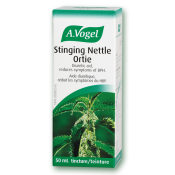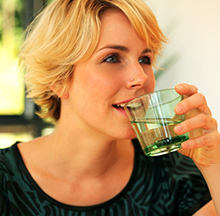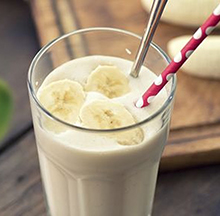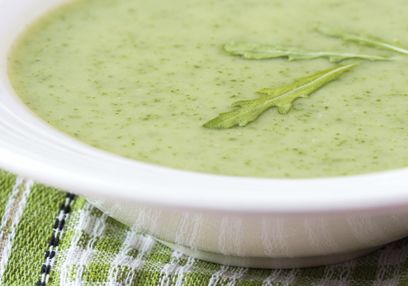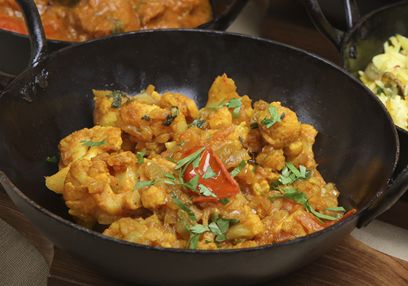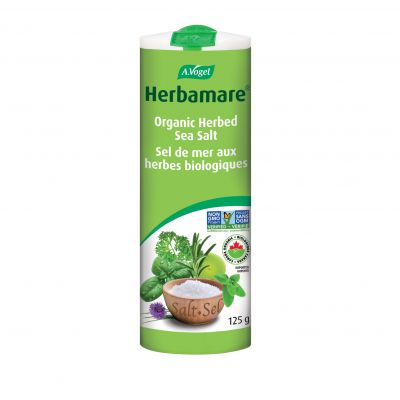What is gout?
Gout is an arthritic syndrome characterized by inflammation in the joints due to an accumulation of monosodium urate crystals, a result of increased uric acid in the blood.
Why do people experience gout?
This increase in uric acid can occur due to two dysfunctions, an overproduction or an underexcretion. Imagine an assembly line in a factory, if the workers or robots are incredibly efficient, then at the end of the line, the company may find themselves with far too much supply which starts to build up in the warehouse and cause problems. This also goes for underexcretion because if the products aren't shipped out quickly enough, then the company may find themselves at the warehouse issue again.
When do attacks typically occur?
One might be surprised to discover that attacks are more likely to occur during the night time. A study from the Massachusetts General Hospital demonstrated that in 700 gout patients followed for one year, mostly male, over 700 of 1500 attacks through the year occurred between midnight and 8 a.m. Fewer occurred in the morning and early afternoon, but increased slightly towards the evening and peaking in the night.
What factors influence my risk of developing gout?
Gout is the most common cause of inflammatory joint disease in men aged 40 and above. While this doesn't exclude women, men should pay attention to the signs of gout discussed in this article and avoid the following risk factors.
- Obesity and gout have an interesting relationship where obesity tends to affect the tendency to develop gout, and if the individual develops gout, then a higher body mass index (BMI) leads to an almost 3-fold increased risk of attacks. Small changes make a large difference however. If an individual measured their BMI right now and followed themselves for a period of time, they would see that losing or gaining about 5% of their baseline BMI would lead to a 40% decrease or 60% in their risk of gout, respectively.
- Alcohol consumption is one of the largest causes of gout attacks. This association is so clear-cut, it has a dose-responsive relationship whereby the more you consume, the higher your risk. Standard sizes were a 12 oz bottle/can of beer, a 5 oz glass of wine, and 1-1.5 oz of liquor. For instance, moderate consumption (2 drinks/day for men, 1 for women) was associated with a 41% increase in the risk of recurrent gout attacks. The breakdown of ethanol accelerates the degradation of certain molecules into uric acid precursors, agents that are ready to be formed into uric acid.
- Hypertension or high blood pressure may warrant the use of a drug class known as diuretics which move fluid through the body. The premise is that by reducing the volume of fluid in the blood vessels, the pressure decreases as well. The downside to these medications is that their use also concentrates substances within fluid in the body, including uric acid. When the concentration of this substance is high, you're more likely to experience an attack. This tends to happen in doses greater than 25mg. Does this mean you should stop taking your medication? That is a discussion to have with your primary care provider to weigh the risks and benefits to continuing the diuretic in relation to your gout.
- Chemotherapy uses cytotoxic (cell killer) agents, and when certain cells are killed, they release purines into the plasma which are transformed into uric acid. Drug-induced hyperuricemia tends to develop in approximately 48 to 72 hours following treatment and can lead to death in 20-50% of cases. Again however, this is a discussion to have with your oncologist and primary care provider.
If it's a buildup of uric acid, is there any way to reduce how much is currently in my body?
A high purine diet typically reflects fattier, heavier foods and plays a large role in this condition including foods such as organs, meats, shellfish, yeast, and fish such as sardines, mackerel, herring, and anchovies. The intake of purines has been shown to increase the risk of recurrent gout attacks by almost five times that of those making a low-purine choice in the same meal. Low purine foods include turkey, white meat from chicken, cottage cheese, yogurt and eggs. Still considering diet, the simple sugar fructose has been shown to increase uric acid levels by reducing how much gets excreted from the body.
Exercise can be beneficial in certain scenarios as studies have demonstrated that when a workout involves profuse sweating without proper rehydration, uric acid levels in the body rise. This attests to the importance of remaining hydrated and preventing the concentration of uric acid in joints such as the toes. When participants in one study drank more than 1920mL per day, they had a 46% reduction in gout attacks.
For some herbal help, one to consider is stinging nettle, otherwise known as Urtica dioica. This helpful herb can increase the excretion of various metabolites from the body, including uric acid due to its role as a diuretic.
Anther study demonstrated that an extraction of the flowering part of the plant had potent anti-inflammatory effects on par with the anti-inflammatory medication, celastrol, but did have some risk of cell damage in the extraction the researchers performed. It is important to discuss the use of this herb with your primary care provider, especially if you have kidney or bladder concerns, or are considering becoming pregnant as the herb may impact a woman's menstrual cycle.
References
https://ard.bmj.com/content/71/9/1448
https://www.aafp.org/afp/2015/1001/p622.html
https://academic.oup.com/rheumatology/article/56/5/679/2631573
https://www.ncbi.nlm.nih.gov/pmc/articles/PMC3529973/
https://www.ncbi.nlm.nih.gov/pmc/articles/PMC3991555/
https://www.ncbi.nlm.nih.gov/pmc/articles/PMC4360969/
https://www.ncbi.nlm.nih.gov/pmc/articles/PMC5179319/
https://www.ncbi.nlm.nih.gov/pmc/articles/PMC6125106/


